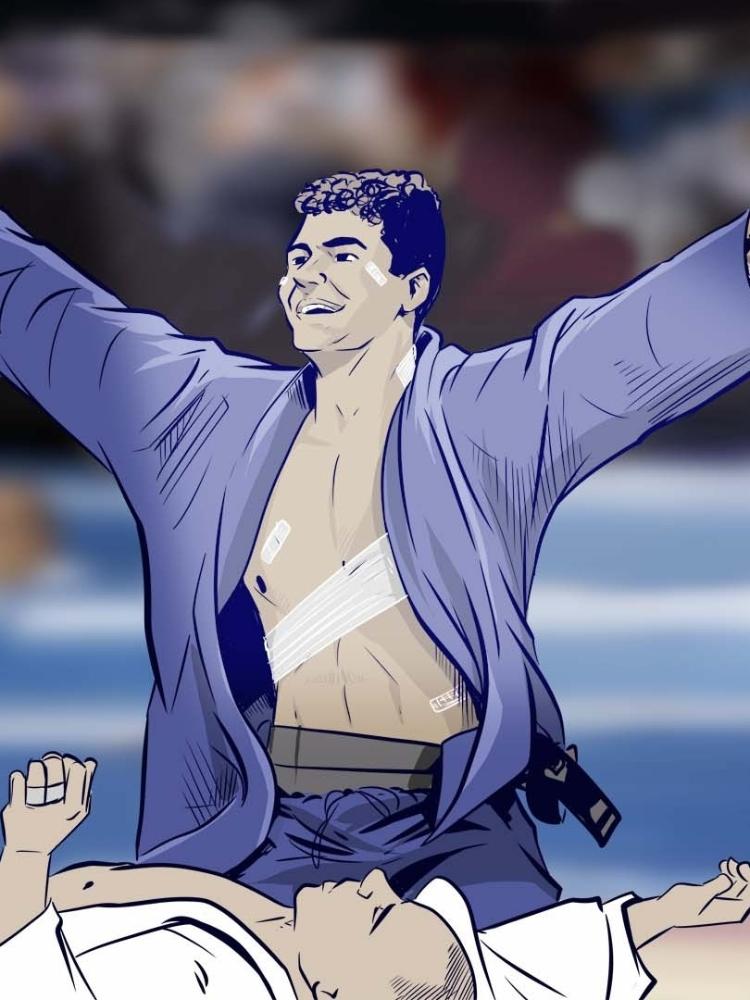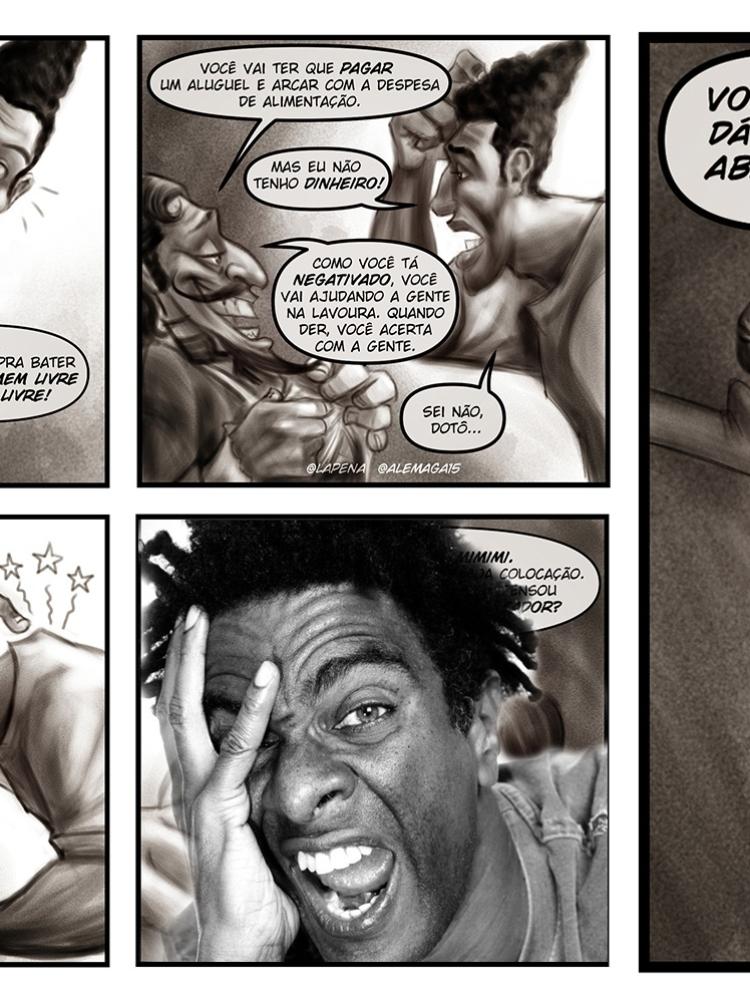Launched in 1996, Universo Online (UOL) became Brazil’s first major news website, featuring content from the daily edition of Folha de S.Paulo and other popular newspapers and magazines. Since then, parent company Grupo UOL has grown the publication into a leading media destination for Brazilians, expanding its audience reach to more than 109 million unique users. With a focus on news, health, lifestyle, gaming, sports, automotive and technology, UOL is now among the country’s top content producers — nine out of 10 Brazilian internet users visit the site.
In 2018, with the goal of expanding and creating more mobile-friendly content, UOL became the first media company in Brazil to launch Web Stories. This fast-loading, visual and tappable content format was also helpful for competing with social media sites. To attract attention, UOL needed more than great text and reliable information. Text, photos and video needed to be intuitive and engaging, so they decided to give Web Stories a try.
“In 2018, we encouraged our team to produce great Web Stories,” UOL Content Director Murilo Garavello says. “And starting in 2020, we started using tools to jump to a higher level of quality. In turn, we got a great response from our audience.”
During this time, the team also ramped up production, going from about 85 Web Stories per month in 2018 to between 125 and 175 per month in 2021. This was key to expanding UOL’s reach and boosting user engagement.
UOL experimented with Web Stories across its content areas, and the publisher’s developers incorporated these Stories into their own content management system (CMS). In July 2020, UOL adopted MakeStories, a drag-and-drop, no-code Web Stories builder, to make it even easier for busy journalists to produce Stories.
For the summer 2021 Tokyo Olympic Games, Nossa, UOL's lifestyle channel, featured immersive Web Stories about Japan, inviting readers to learn about Japanese culture, food and nature.
And UOL’s Sports section produced a series in a comic book format looking at the fascinating Olympic history, including the story of the 1992 U.S. Basketball Dream Team and Brazil's historic Olympic medals at the 2000 and 2008 Games.
UOL’s constructive journalism section, Ecoa (“For a Better World”), also adopted Web Stories. “Learn how to make a lip scrub in less than 5 minutes” offers a step-by-step guide to making natural cosmetics with a mix of explanatory videos, animated GIFs and photos. Ecoa also used Web Stories to create book-style content, like their Story on “The Day of Black Consciousness.”
UOL has recently started to promote the format directly on their website, such as in the entertainment section Splash, where they highlight their Stories on the homepage. Our recent post highlights how creators and publishers can raise the visibility of their Web Stories on their own site with a similar approach to that of UOL’s Splash section.
In October 2020, Web Stories also started showing up on Google Discover. In that one month, engagement results increased over 250 percent. And performance continued on an upward trajectory: In February 2021, Web Stories traffic was six times higher than in July 2020, when UOL started tracking monthly Web Stories performance.
UOL found that Stories about soccer, reality TV and health and lifestyle all had high levels of engagement. One reality show’s engagement was 1,137 percent higher as a Web Story than as a scrolling article, with 993 percent more readers. In total, all Stories about this reality show reached more than 10 million pageviews. The best results came from Web Stories with immersive, mobile-friendly and dynamic content.
UOL’s Web Stories also had high navigation rates — 50 percent of the platform’s special articles section, TAB, saw users scroll through all the way to the end of a story.
“It was crucial that we publish more immersive content to attract more people who not only open a link, but actually read the story,” says Lilian Ferreira, UOL Strategic General Manager. “Web Stories bring us a more qualified audience.”


